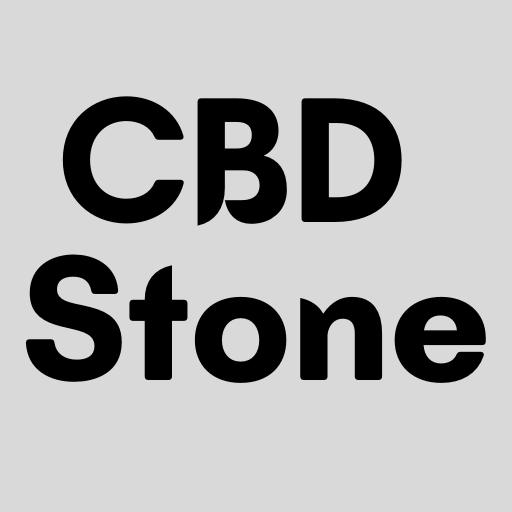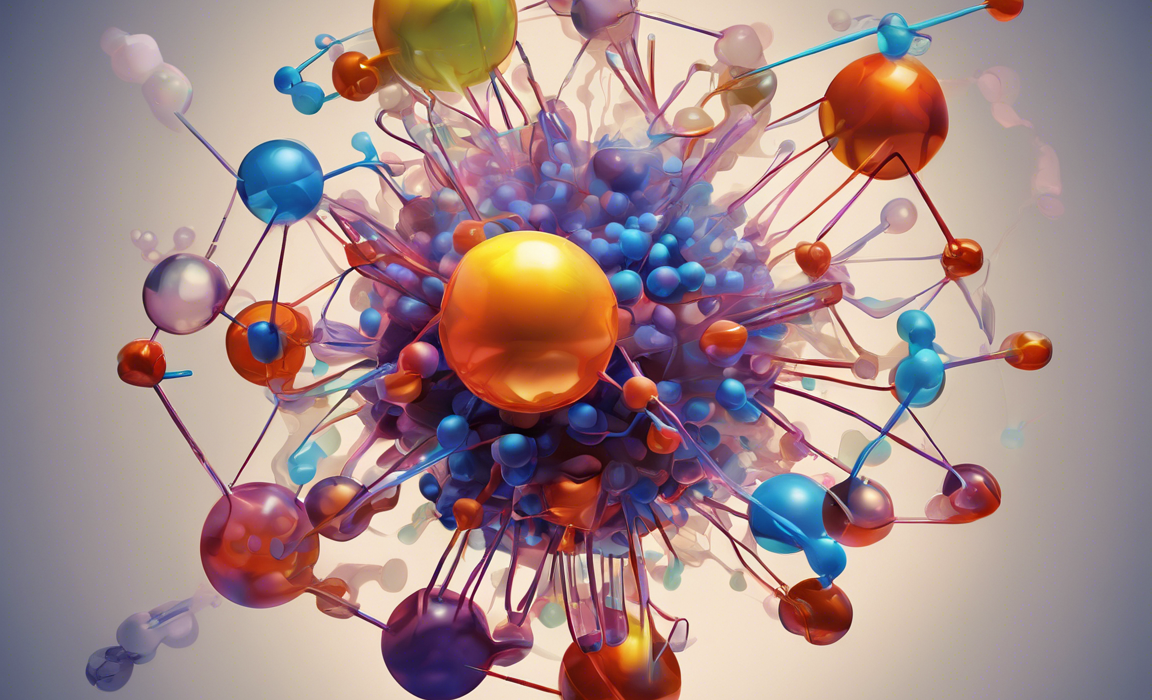Navigating the world of inorganic chemistry can be a daunting task, but with the right resources and guidance, even complex topics can become more manageable. One such resource that has been widely utilized by students, educators, and professionals in the field of chemistry is the esteemed textbook “Concise Inorganic Chemistry” by J.D. Lee. Authored by renowned chemist James Denny Lee, this comprehensive textbook has become a go-to reference for anyone looking to deepen their understanding of inorganic chemistry.
In this comprehensive guide, we will delve into the world of J.D. Lee Inorganic Chemistry, exploring key concepts, chapters, and applications covered in the book. By the end of this article, you will have a clearer understanding of the fundamental principles of inorganic chemistry as presented by J.D. Lee, along with tips on how to effectively study and master this intricate subject matter.
The Legacy of J.D. Lee
J.D. Lee’s “Concise Inorganic Chemistry” has established itself as a pivotal resource for students and professionals due to its clear explanations, detailed examples, and extensive coverage of inorganic chemistry topics. The book covers a wide range of essential concepts, including chemical bonding, coordination chemistry, solid-state structures, and transition elements, among others.
Key Concepts in J.D. Lee’s Inorganic Chemistry
Atomic Structure and Periodicity
One of the fundamental concepts covered in J.D. Lee’s book is atomic structure and the periodic table. Understanding the arrangement of elements based on atomic number and electron configuration is crucial in predicting an element’s chemical properties and behavior. The periodic trends in ionization energy, electron affinity, and electronegativity are also discussed in detail.
Chemical Bonding
Chemical bonding plays a vital role in determining the reactivity and properties of compounds. Ionic, covalent, and metallic bonding are elucidated in the book, providing insight into how atoms interact to form molecules and solids. The concept of hybridization, molecular geometry, and VSEPR theory are also explored to understand the shapes of molecules and their bond angles.
Coordination Chemistry
Coordination complexes are a central focus of inorganic chemistry, and J.D. Lee delves into the chemistry of transition metals and their coordination compounds. Topics such as ligand field theory, crystal field theory, and isomerism in coordination compounds are discussed, shedding light on the diverse structures and properties exhibited by transition metal complexes.
Transition Elements
The chemistry of transition elements is a highlight in J.D. Lee’s book, as these elements play a significant role in catalysis, industrial processes, and biological systems. The d-block elements and their electronic configurations, oxidation states, and magnetic properties are thoroughly examined, providing a comprehensive understanding of transition metal chemistry.
Solid-State Structures
Another important aspect of inorganic chemistry is the study of solid-state structures, including crystal lattices, unit cells, and crystalline solids. J.D. Lee discusses the different types of crystal systems, packing arrangements, and lattice defects, offering insights into the structural characteristics of solids and their properties.
Tips for Studying J.D. Lee Inorganic Chemistry
1. Read Actively: Engage with the material by taking notes, highlighting key points, and solving practice problems to reinforce your understanding of the concepts presented.
2. Practice Regularly: Inorganic chemistry requires practice to master its principles. Work through exercises, problems, and conceptual questions to enhance your problem-solving skills.
3. Create Summary Notes: Summarize each chapter or section in your own words to consolidate the information and make it easier to review before exams or quizzes.
4. Use Resources: Supplement your studies with online resources, videos, and additional textbooks to gain different perspectives and explanations on challenging topics.
5. Form Study Groups: Collaborate with peers or join study groups to discuss concepts, share insights, and work on challenging problems together.
Frequently Asked Questions (FAQs)
Q1: What makes J.D. Lee’s “Concise Inorganic Chemistry” a popular choice among students?
A: J.D. Lee’s book is renowned for its clear explanations, comprehensive coverage of inorganic chemistry topics, and illustrative examples that aid in understanding complex concepts.
Q2: How can I improve my understanding of coordination chemistry concepts?
A: To grasp coordination chemistry better, practice drawing coordination complexes, understand ligand interactions, and revise theories such as crystal field theory and isomerism.
Q3: What are the key chapters in J.D. Lee’s book that I should focus on for exams?
A: Chapters on chemical bonding, coordination chemistry, transition elements, and solid-state structures are essential for a comprehensive understanding of inorganic chemistry.
Q4: How can I approach studying transition elements effectively?
A: Study the electronic configurations of transition metals, their characteristic properties, oxidation states, and coordination chemistry to master the chemistry of transition elements.
Q5: Are there any online resources for practice problems and additional study material related to J.D. Lee’s inorganic chemistry?
A: Yes, several educational platforms offer practice quizzes, problem sets, and interactive tools to supplement your learning and reinforce key concepts from J.D. Lee’s textbook.
In conclusion, exploring the world of J.D. Lee Inorganic Chemistry can be a rewarding journey for anyone passionate about understanding the elements, compounds, and structures that form the basis of inorganic chemistry. By utilizing resources like “Concise Inorganic Chemistry” and incorporating effective study strategies, you can enhance your knowledge and proficiency in this fascinating field of chemistry. Dive into the pages of J.D. Lee’s book, unravel the complexities of inorganic chemistry, and embark on a fulfilling academic and professional exploration of the elements that shape our world.


